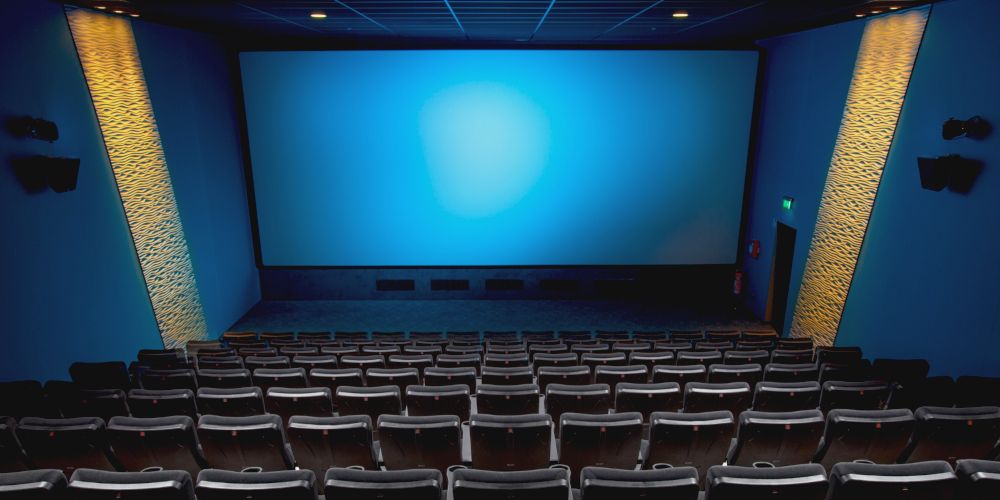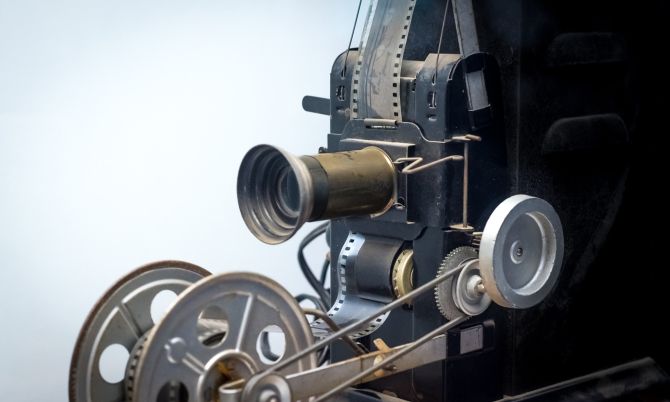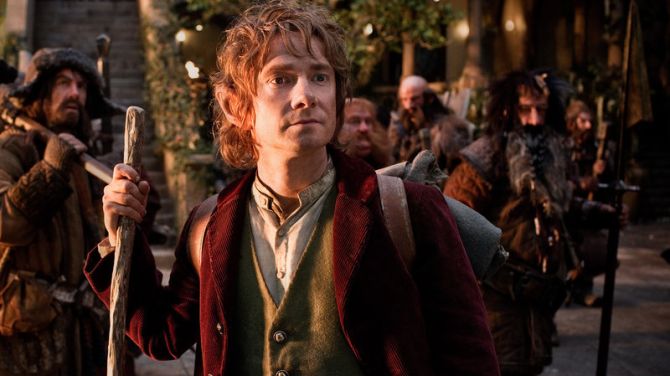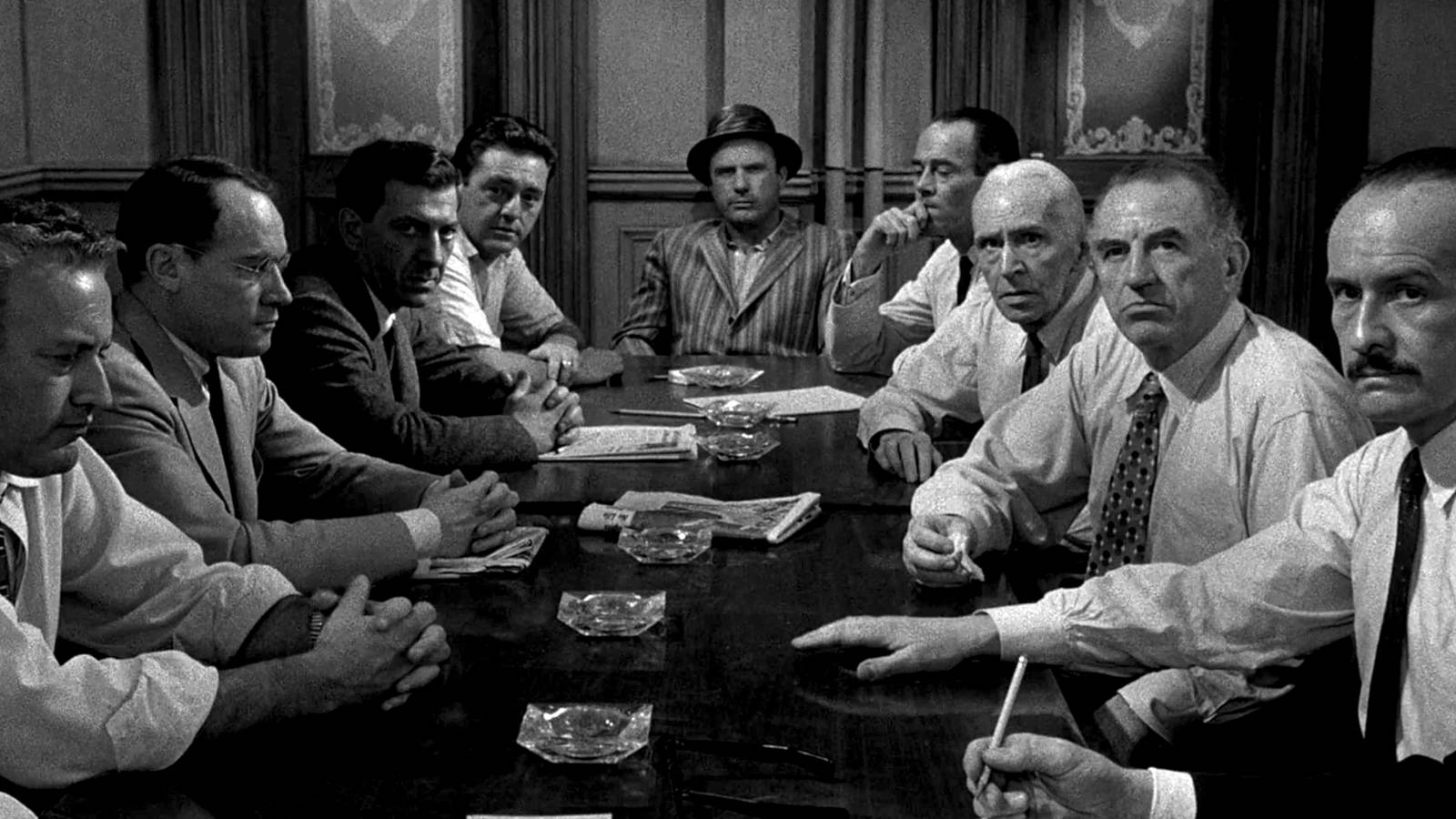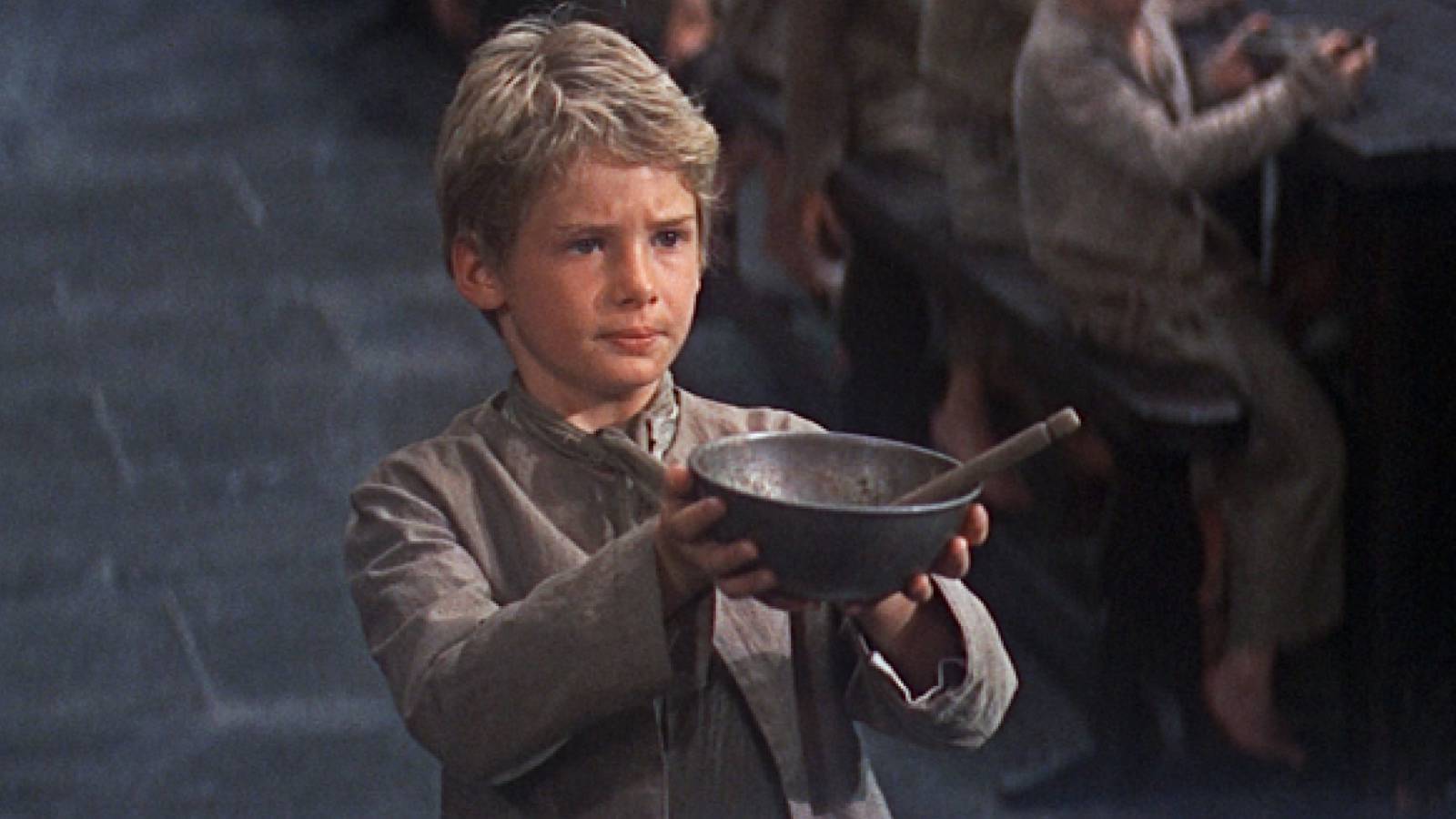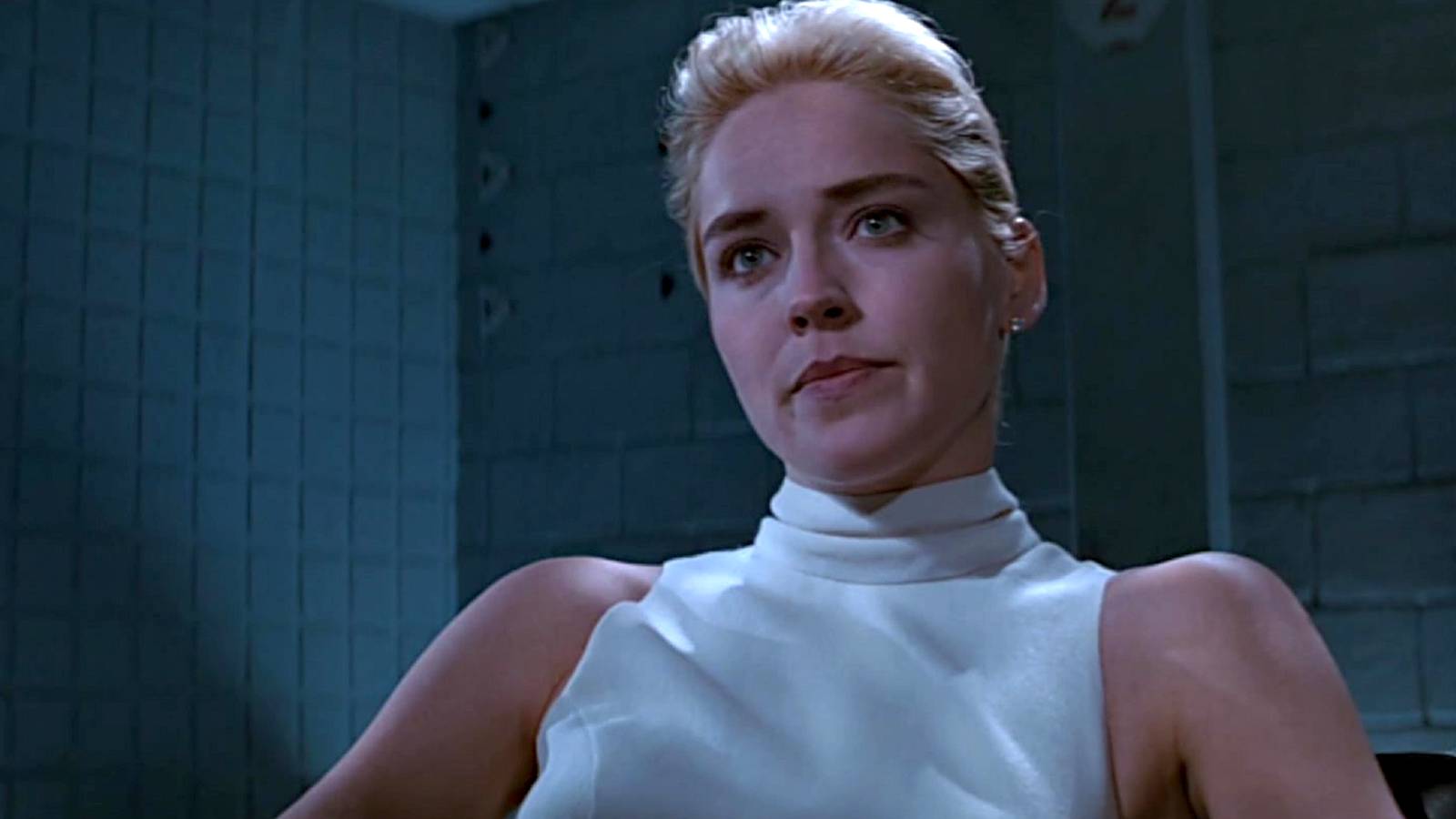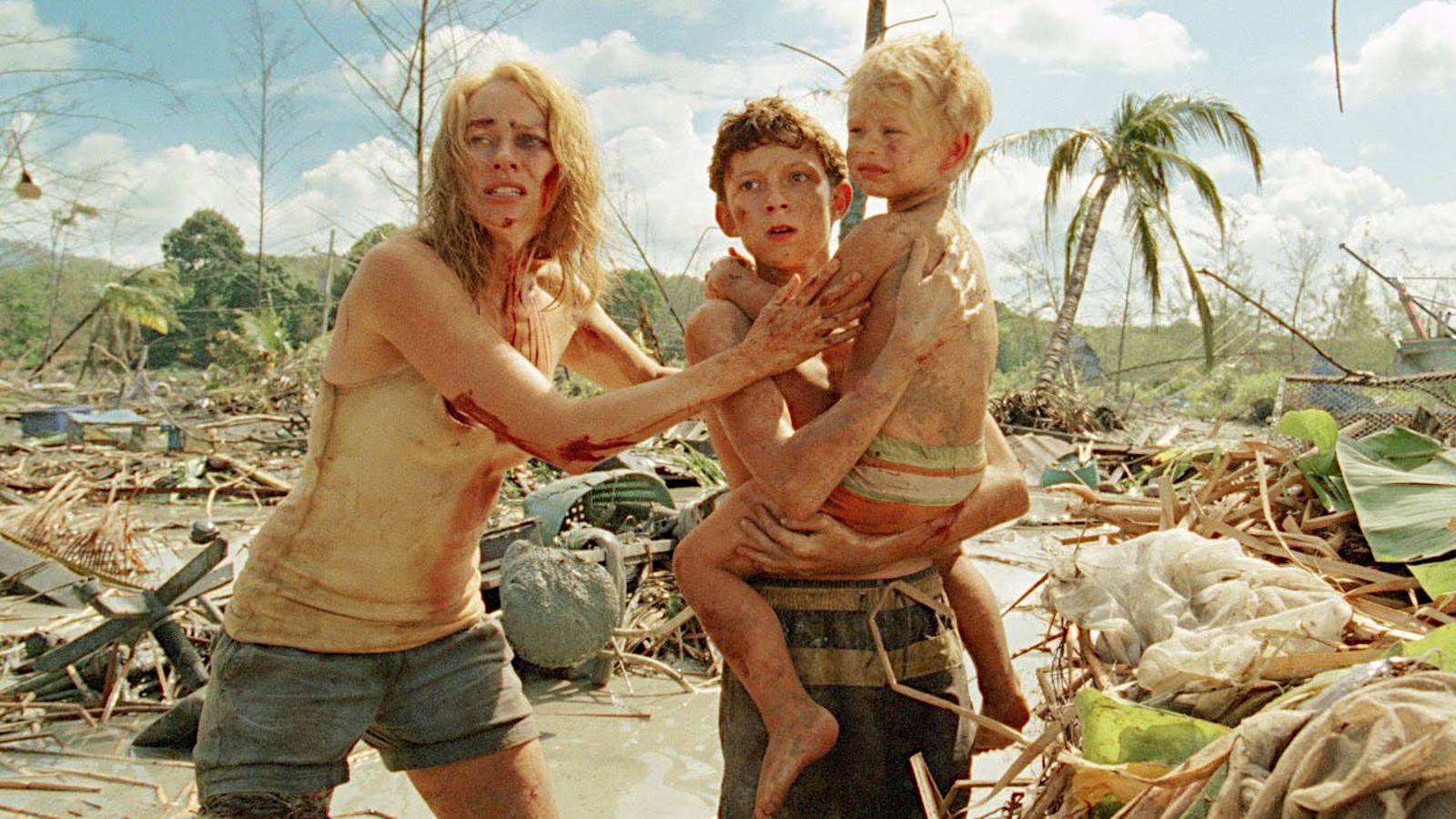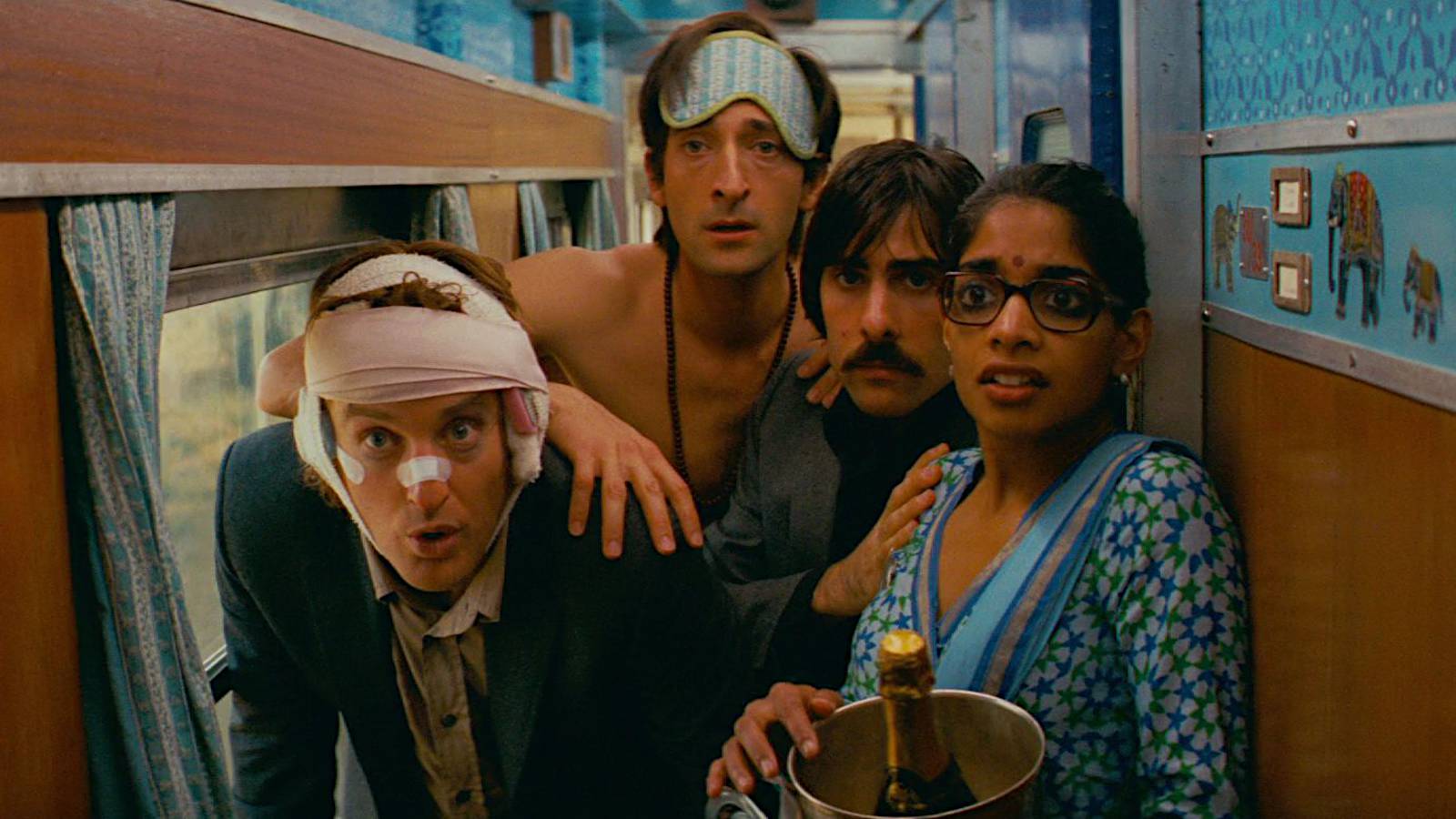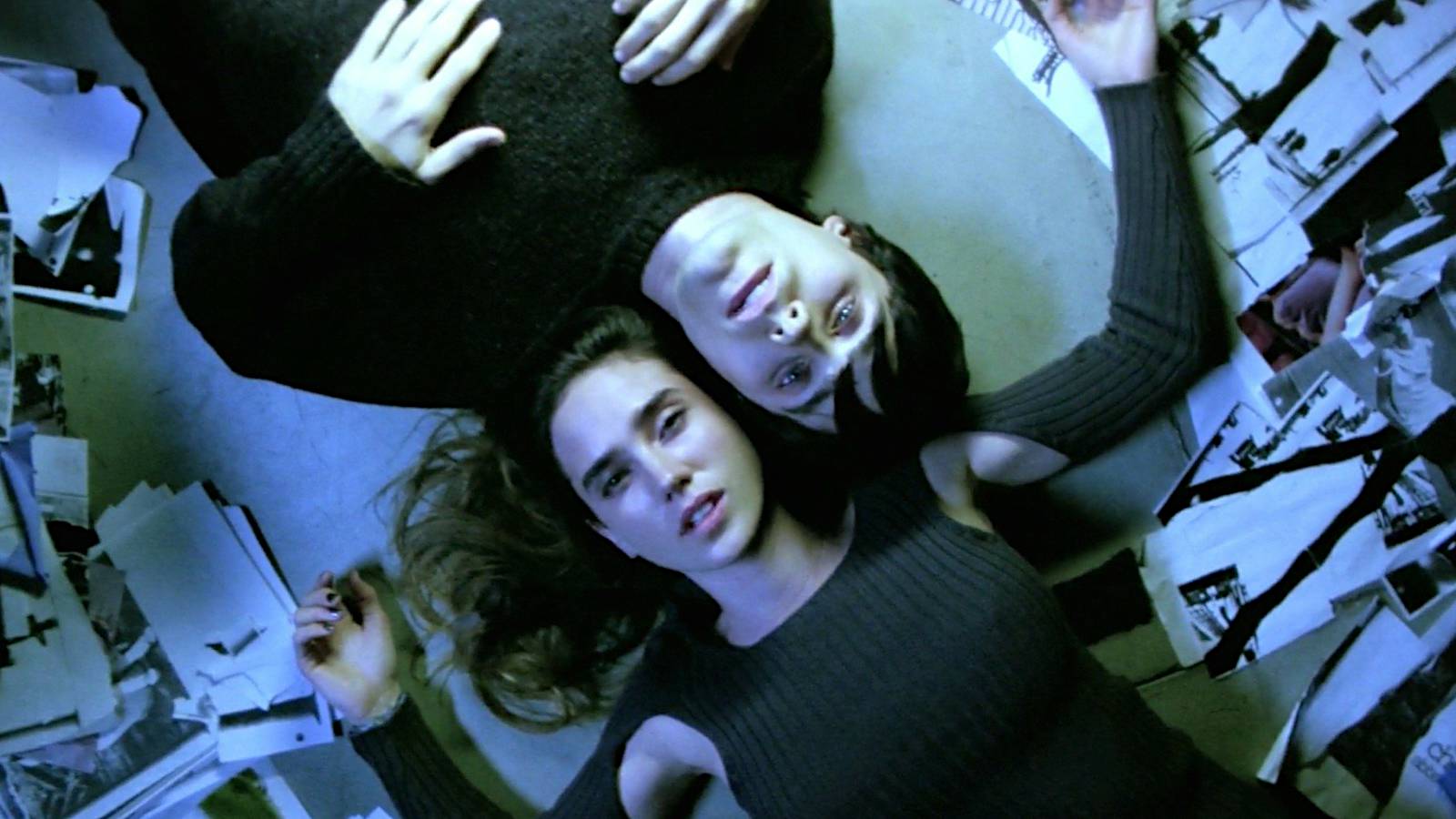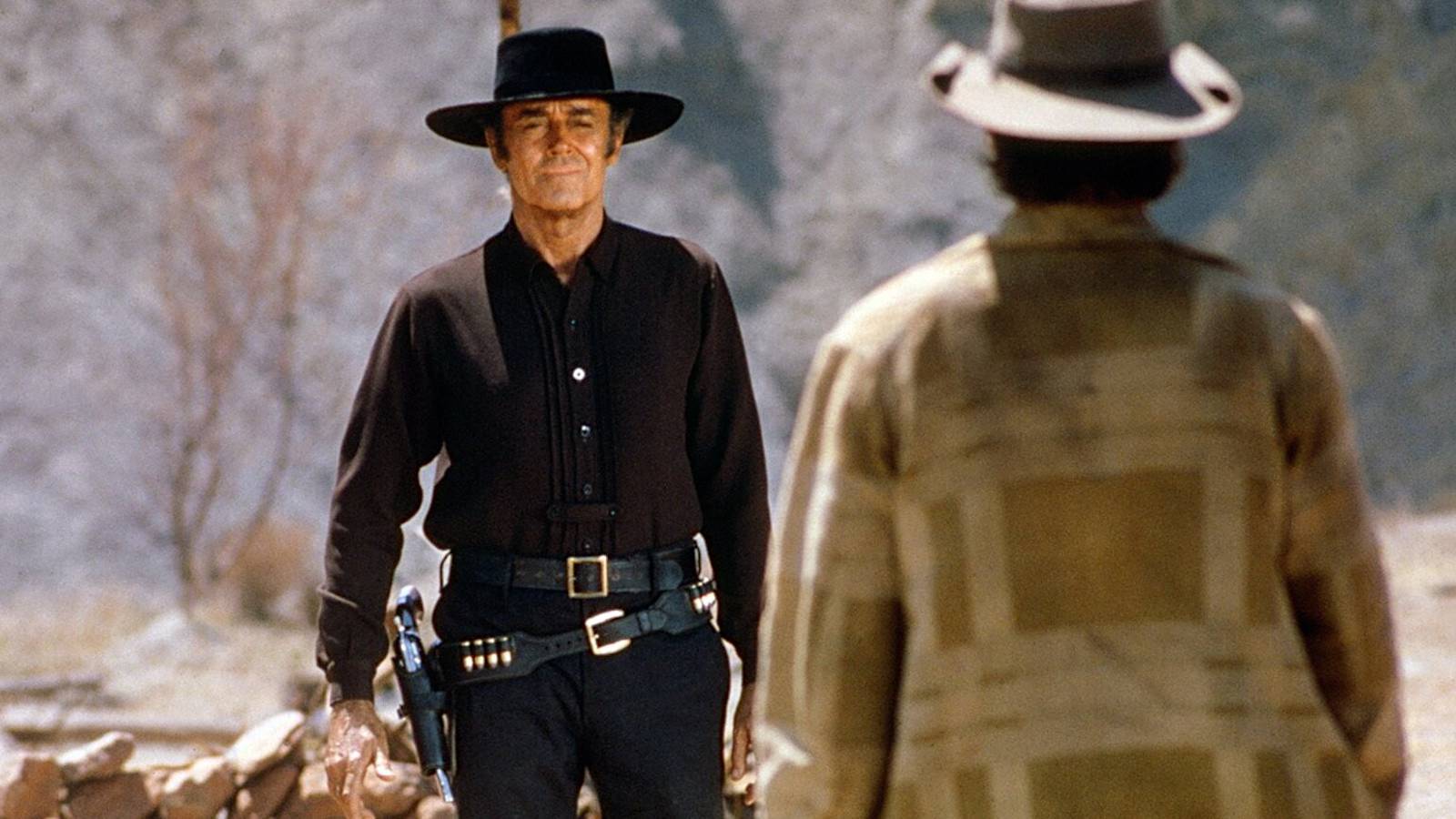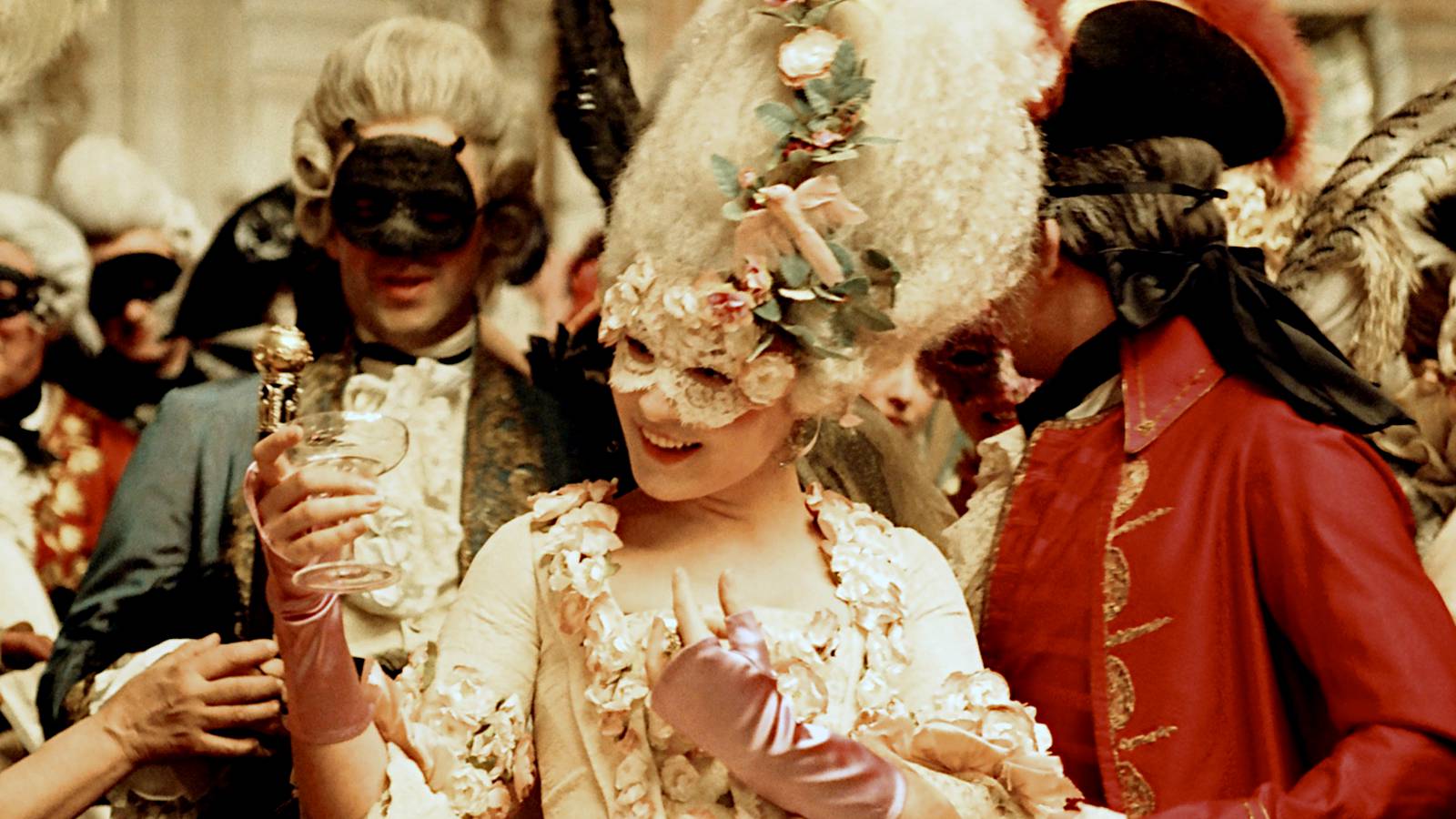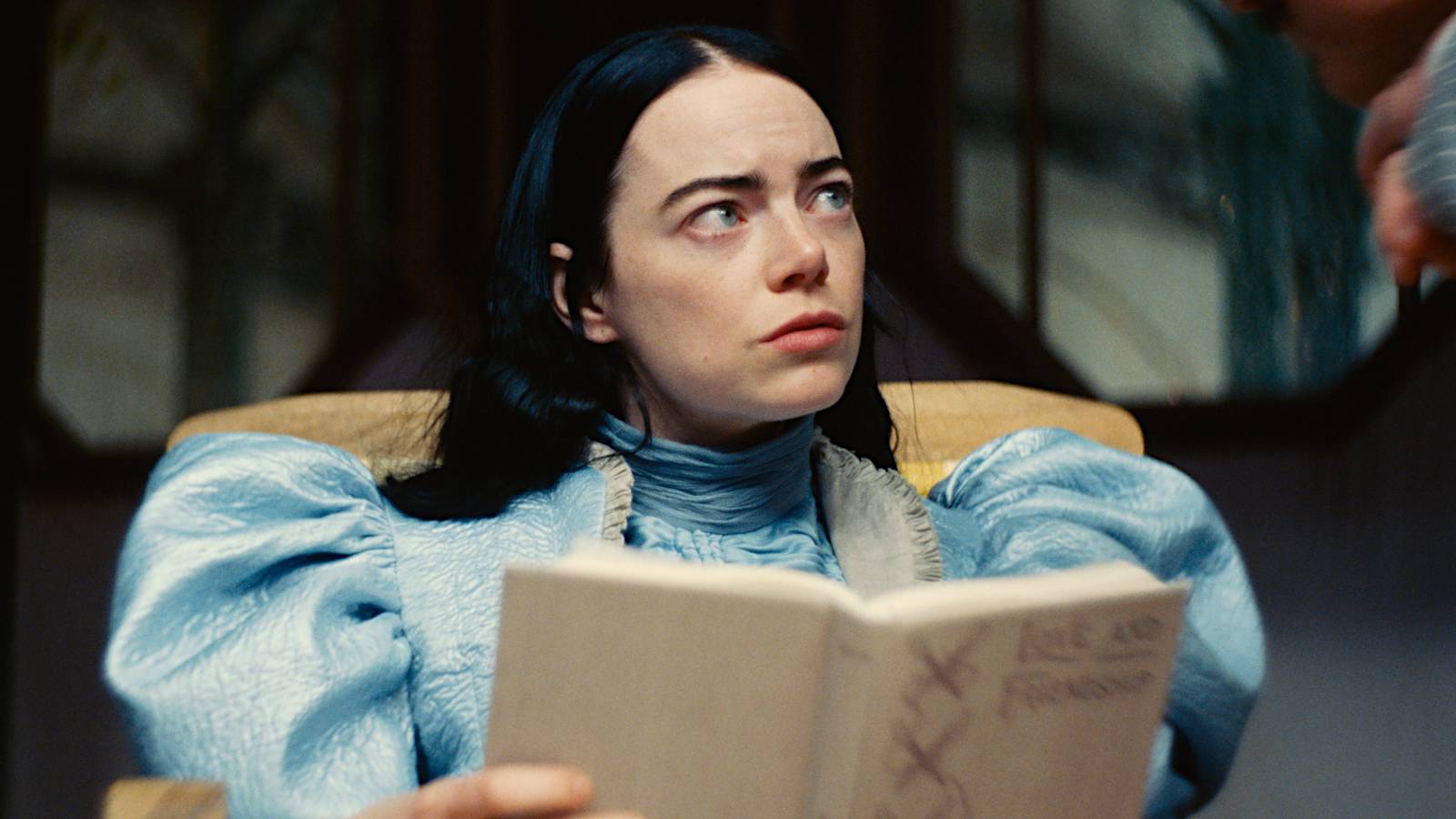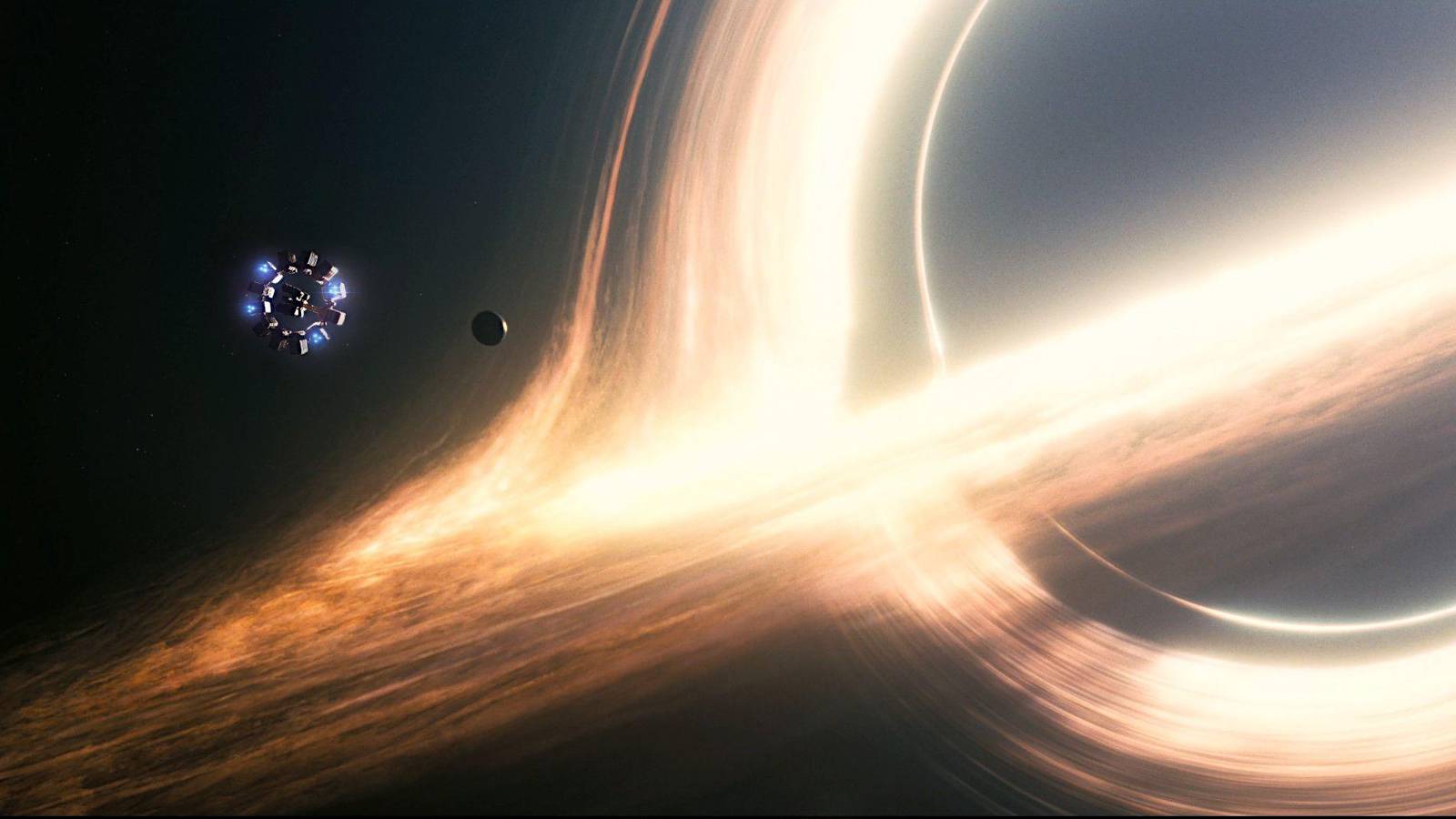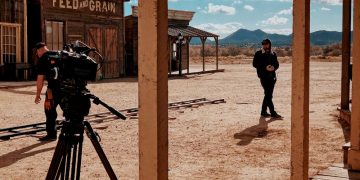What Does FPS Mean?
FPS stands forframes per second. What does that actually mean?
Think about a picture flip book. You probably played with them as a child. Each page of that book is an image—or you could call it a frame. The faster you flip through, the smoother the motion. The slower you go, the more obvious it is that you’re just looking at a series of images.
At a basic level, that’s what film is. Films are a series of images played one after another to achieve the illusion of motion. Roughly, 10 to 12 FPS trick the human brain into perceiving that motion.
However, films are different to those picture flip books because they flash black between each frame as the projector changes between them. At 12 FPS, that black flicker is noticeable and removes the motion illusion. As such, around 16 FPS is necessary to achieve what is called the “persistence of vision”.
Have Films Always Been 24 FPS?
Early silent films did not have a consistent frame rate, generally falling between 14 and 26 FPS. That’s because cameras recorded by someone literally cranking a handle. The faster they cranked, the faster the frame rate.
Some theaters even set their own frame rate. If they showed the films at a higher frame rate, the films would be shorter and they could add an extra showing in the day’s schedule. Cheeky, right? It makes you wonderif movie theaters are even worth it.
Things changed when films moved from silent to “talkies”. When sound was introduced, it was recorded onto the same strip of film that stored the picture. This meant there needed to be a consistent frame rate.
Why Is 24 FPS the Standard?
That consistency was set at 24 FPS. It was chosen by Warner Bros. and their sound film system called Vitaphone, for their release ofThe Jazz Singerin 1927.
Film stock is expensive. Recording at a higher frame rate costs more. As such, filmmakers needed a standard that was cheap, but also achieved that persistence of vision. 24 FPS also allowed for that fidelity between picture and sound.
There’s another benefit to 24 FPS. It’s neatly divisible by numbers like 2, 3, and 4, which means that it can be quickly calculated how many frames go into half a second (12), a third of a second (8), and a quarter of a second (6). It makes editing easier.
Are All Modern Films Still 24 FPS?
The overwhelming majority of films coming out today are still 24 FPS. In fact, it’s very possible that you’ve never seen a film at a higher frame rate.
Some early attempts includeNight of Dreams(1978) andNew Magic(1983), which were both directed by Douglas Trumbull and at 60 FPS.
When it comes to modern examples, the choices are of equally slim pickings.The Hobbittrilogy from Peter Jackson, starting withAn Unexpected Journeyin 2012, used 48 FPS. Later, director Ang Lee used 120 FPS forBilly Lynn’s Long Halftime Walkin 2016 andGemini Manin 2019.
However, only certain theaters actually showed the higher frame rate versions. As such, even if you saw these films in theaters, you may have seen the converted 24 FPS version anyway.
Will 24 FPS Remain the Standard?
One of the main problems with moving away from 24 FPS is that everyone is used to it. It’s an international standard and it’s what people expect to see, subconsciously or otherwise, when watching a film. 24 FPS helps give that traditional film look.
WhenThe Hobbitwas released, many were skeptical. Writing inRolling Stone, Peter Travers said that “the movie looks so hyper-real that you see everything that’s fake about it”.
This is a common complaint about a higher frame rate. By applying more realistic and smoother motion, it becomes harder to suspend your disbelief. Sets look like sets, costumes like costumes.
It’s true that it’s easier to shoot higher than 24 FPS now. In fact, your smartphone can do that and more. However, there are still costs associated with a higher frame rate. It uses more storage space, which in turn needs bigger capacity devices and more backup space.
Most of all, 24 FPS remains because it’s tradition. It’s what films look like. That might change with new generations of filmmakers, but for now 24 FPS is here to stay.
The Greatest Films Use 24 FPS
That’s a brief history of how 24 FPS came to be the standard for film. It simply comes down to cost efficiency and tradition. Honestly, all the greatest films were filmed at 24 FPS; check outthe most rewatchable films for proof!



![]()
